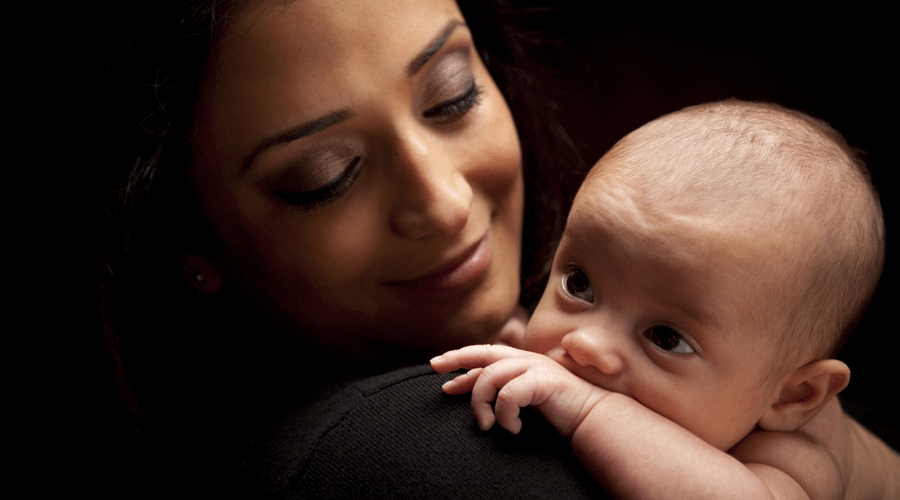Scientists said on Wednesday they have determined a reliable way to soothe and nudge crying infants into sleep — a five-minute walk, then five-to-eight minutes of sitting with the babies.
A study by researchers in Italy and Japan has determined the ideal durations of such a walk-and-sit protocol while challenging some long-standing assumptions — a slow and gentle laydown of sleeping infants, for instance, is less important than the sit-and-wait.
Their study used baby electrocardiograph (ECG) machines and video cameras to record and compare changes in the infants’ heart rate and behaviour as they were being held by their mothers walking or sitting or were placed in a cot or in a swinging cot or a stroller.
“Our results suggest that five minutes of continuous walking will stop the crying — these findings should be of potential interest to parents, grandparents, other caregivers, whoever is struggling with an infant crying hard,” said Kumi Kuroda, principal investigator at the Riken Centre for Brain Science, Japan.
“This is something that parents already do. Our study puts a number on the duration of the walk,” Kuroda told The Telegraph via email. “And the five to eight minutes of sitting before putting the infants on the bed is a completely new finding.”
Kuroda and her colleagues recorded responses of 21 infants and their mothers in 32 sessions, 17 in the infants’ homes and 15 in labs. The ECG allowed them to dissect changes in physiology and behaviour with sub-second precision as the infants responded to the mother’s movements.
They found that when the mother walked while carrying the baby, crying infants calmed down and their heart rates slowed within 30 seconds. But the walking promoted sleep only in crying infants but this effect was absent when babies were already calm.
In one set of experiments, five of 11 crying infants fell asleep within five minutes of walking, and an additional two babies fell asleep within one minute of the succeeding sit-and-hold position. Their findings were published in the journal research Current Biology on Wednesday.
“Many parents instinctively or through experience know that crying babies calm down when picked up and carried, but the pathways are often not clear,” said Gianluca Esposito, professor of psychology and cognitive science at the University of Trento, Italy, the study’s other principal investigator.
Parents, for instance, often put the infant into the cot directly after walking and this makes the child wake up, he said. In the experiments, the scientists found that more than a third of the infants became alert again within 20 seconds after being placed on a cot.
The study found that all babies produced physiological responses, including changes in the heart rate, that could wake them up the moment they were detached from their mothers. But if the infants were asleep longer before being placed in cots, they were less likely to awaken during that process.
“Some findings were unexpected — I personally expected that the slow and gentle laydown of sleeping infants increased the success rate, but this was not true,” said Kuroda, a scientist who is studying the brain mechanisms for mammalian parenting and attachment. The key is the sit-and-hold time between the onset of sleep and the laydown, she said.
The observation that the non-crying infants were not nudged into sleep by walking was also unexpected. “Human intuitions are limited — that’s why we need more science, data and statistics.”
In a 2013 study, Gianluca and Kuroda had shown that crying babies and mouse pups spontaneously relax when they are picked up and carried by their mothers. The study was the first to demonstrate that infant calming response is a coordinated set of nervous, motor and cardiac responses, Gianluca said.










